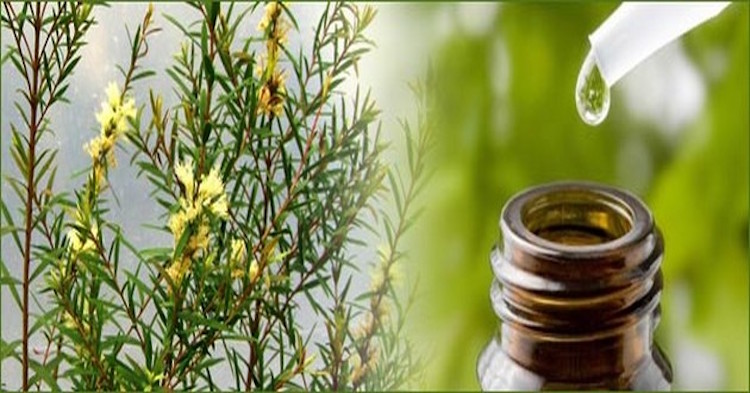Tea tree oil, also known as Melaleuca, is known throughout the world as a great antiseptic and has great healing and cleansing properties to treat wounds. It has been used for several decades and can be found in multiple medical studies that shows Tea tree oil killing multiple strains of bacteria, viruses, and especially fungi.
There are so many benefits and uses to Melaleuca oil that I can not possibly go into everything but I will name some prominent uses and ideas. The movement sweeping the nation right now is creating homemade cleaning products using essential oils in place of toxic chemicals. You can add tea tree oil to almost anything. Diffusing it in the air to kill mold, applying topically to heal skin issues like eczema, and using it to treat viral infections. You can see why it’s a popular active ingredient in a variety of cosmetic and household products. Most people don’t even understand the extent of products that utilize Melaleuca oil, ranging from; face washes, shampoos, soaps, detergents, nail creams and other cleaning necessities.
Records around the world show that tea tree has been used for thousands of years by indigenous people, science today is finally catching up and more doctors and practitioners are coming forward describing why tea tree oil is so effective. To date, over 327 scientific studies refer to tea tree oils antimicrobial prowess alone. Melaleuca oil is known around the world as the “medicine kit in a bottle.” Not only can it be used as a natural antiseptic, it is also found to be soothing to relieve stinging and itching, minor wounds and irritated skin. It is safely penetrating, quickly delivering soothing relief deep into the source of the discomfort. It’s also Non-caustic, no caustic or harmful chemical reactions. Effectively works as a solvent, safely dissolves many different substances like gum, resins and dirt. The best but not the last note about tea tree oil, it is pleasantly aromatic and refreshes the senses with a natural pleasing scent.
The process of producing Melaleuca hasn’t changed much over the last 100 years, but the uses we find for it certainly has.

